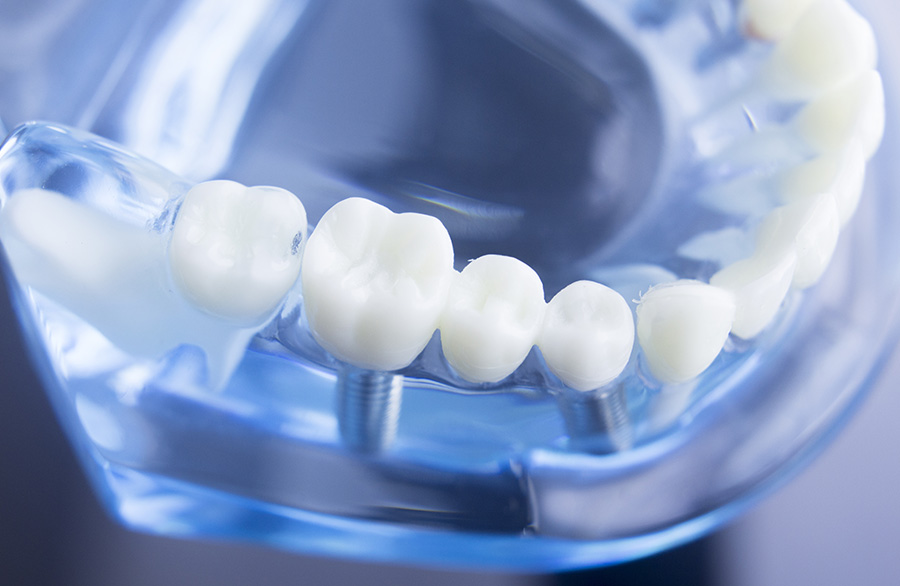
RADIANT – Raman based probe and decision-making tool for dental diagnostics in preventive dentistry
Raman based probe and decision-making tool for dental diagnostics in preventive dentistry, aiming to reduce the need for painful and expensive treatments.
BACKGROUND
Half of the world population has suffered or will suffer from oral disease. This tool aims at tackling this problem and reducing the need for painful and expensive treatments. A paradigmatic shift has been occurring in Dentistry where a more preventive and conservative approach is pursued, with election of demineralization management instead of invasive and reconstructive treatments. In this framework, there is need for a sensitive and accurate tool for the earliest diagnosis possible, before it is even detected by an expert’s visual evaluation. Raman spectroscopy can be that tool.
TECHNOLOGY OVERVIEW
The Raman spectroscopy technique measures the characteristic scattered radiation by molecules after monochromatic laser irradiation. When dealing with human enamel, mainly composed of carbonated hydroxyapatite, there are several molecular vibrational modes that are Raman active, the most intense being the symmetric stretching band of phosphate in the hydroxyapatite (Ca10(PO4)6(OH)2) matrix. In recent decades, polarized Raman spectroscopy has been shown to effectively differentiate between sound and carious enamel in ex vivo measurements performed in controlled in vitro conditions. The major impairment for using this spectroscopic technique, in vivo, is the hindering of the Raman signal due to fluorescence background (by organic compounds) or ambient light. RADIANT probe solves the problem of fluorescence by implementing time-gated technology in the Raman setup, greatly increasing the sensitivity of the Raman detection. In order to surpass even the most skilled dentist in assessing demineralization, the RADIANT tool implements Machine Learning algorithms. These, coupled to a database of Raman spectra of teeth that were demineralized to several degrees, will enable high accuracy and precision in the identification of incipient carious lesions.
FURTHER DETAILS
STAGE OF DEVELOPMENT
TRL 3 – experimental proof of concept.
BENEFITS
Conventional clinical diagnostic methods, such as visual detection or probing with dental explorer, are characterized by their qualitative nature not to mention the subjective expertise of the practitioner. These methods are commonly aided by digital radiography or, more recently, by other methods based on changes in optical properties of enamel, taking advantage of the porosity induced by demineralization. However, the sensitivity and specificity of these diagnostic tools is poor, particularly when compared to Raman spectroscopy. Moreover, they sometimes do not provide a quantitative evaluation, they still need the expertise of the doctor for evaluation, or they are strongly dependant of the ambient light calibration, and the same for contamination from organic material. Raman scattering is sample dependent, and our tool provides quantitative, objective, evaluation.
• High ionic conductivity – stable with temperature, stable at atmospheric conditions.
• Characteristics – light weight, flexible, paper based, possible large area production
APPLICATIONS
- Dental practices for regular evaluation and assessment;
- Preventive dentistry industry: Testing and certifying safety of products.
OPPORTUNITY
Seeking co-development partners
KEYWORDS
Diagnosis; preventive dentistry; Machine Learning.
INTELLECTUAL PROPERTY
Know-how based.
NOVA Inventors
Sofia Pessanha
Sara Silva
Iulian Otel
Vasco Manteigas
Adelaide Pedro de Jesus
Micaela Fonseca
Gonçalo Luís
Hugo Silva
Mariana Monteiro
Filipa Chasqueira
Luisa de Sousa Leonardo


